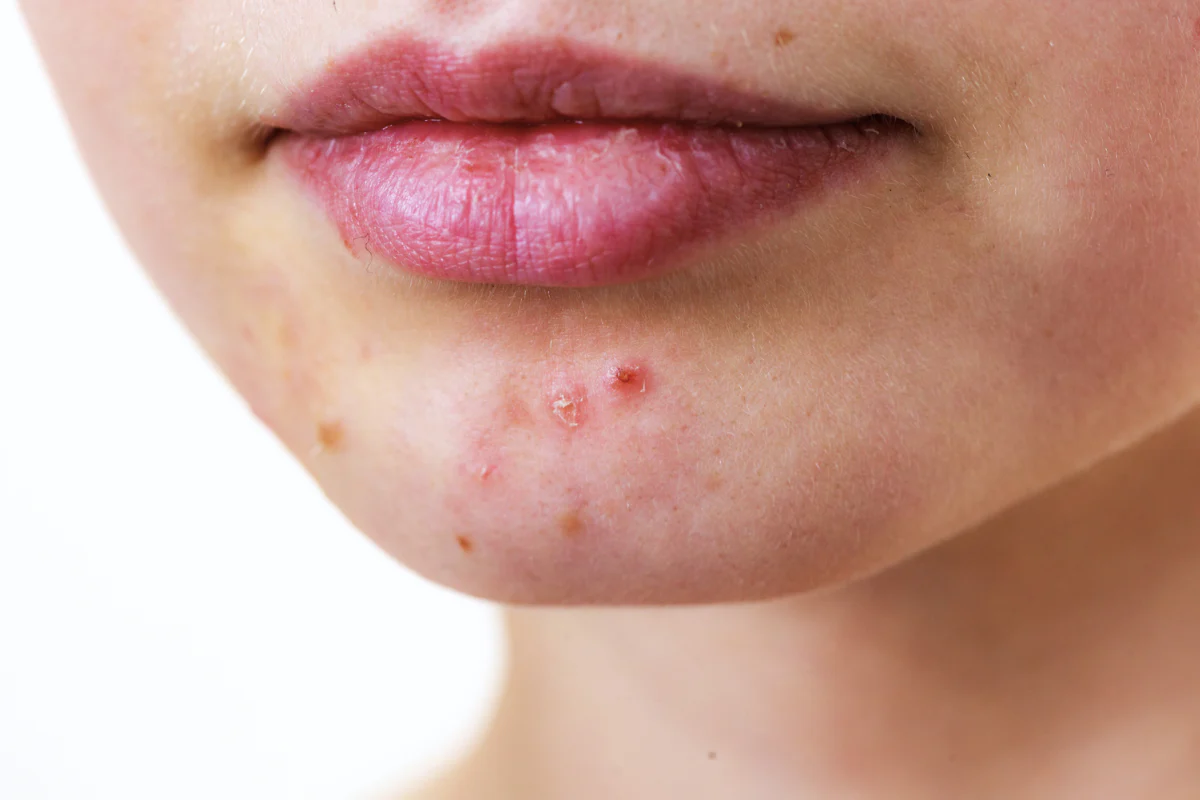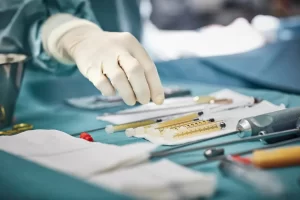
Hormonal Acne – Managing Flare-Ups Naturally
Acne isn’t solely limited to teenagers experiencing puberty; it can affect adults of all ages. Hormonal fluctuations may contribute to its presence and result in the formation of clogged pores (whiteheads and blackheads), inflamed bumps called papules or pus-filled cysts or nodules.
Medication like spironolactone or low-estrogen triphasic birth control pills may provide relief from hormonal acne, but making dietary and lifestyle adjustments may also prove useful.
Medications
Many patients who come to us for hormonal acne have tried various topical and oral antibiotic treatments without much success, leading them to feel frustrated and worn-down by their attempts at keeping it under control.
Hormonal acne, also known as menstrual cycle acne, is characterized by spots appearing around the jaw line and chin in a predictable pattern during menstruation – usually before, during, or after menstruation – triggered by increased levels of androgens (male hormones) & prolactin which cause pores to produce excessive sebum production causing oversaturated oil glands in pores to overproduce sebum production. Unlike traditional acne which primarily impacts oil glands directly, hormonal acne spots are caused by increases in male hormones which causes overproduction of sebum production from pores in pores due to over-prolactin stimulation causing over-production by oil glands – unlike common acne which predominantly affects oil glands.
Medication to lower androgen levels may be extremely helpful for those suffering from hormonal acne, particularly if they also exhibit symptoms of PCOS such as weight gain, irregular periods or hair loss. A combination oral contraceptive pill containing both estrogen and progestin along with the anti-androgen spironolactone may be effective and should be taken for the first 10 days of each menstrual cycle; postmenopausal women may benefit as well.
Diet
While we often think of acne as being solely skin care related, diet can also have a huge effect on breakouts if they’re caused by fluctuating hormone levels2.
At their “tipping point,” hormones can stimulate sebaceous glands to produce more oil and cause more blemishes than usual. While this condition typically manifests during adolescence, it can persist into adulthood as well.2
There are plenty of foods you can add to your diet to help combat hormonal acne breakouts, and research suggests following a low glycemic index diet and cutting back on dairy consumption as effective measures.
Lifestyle Changes
Acne is typically caused by overproduction of oil, or sebum, that clogs pores and leads to cystic zits, blackheads, and whiteheads. If you suffer from hormonal acne however, symptoms may become even more intense, particularly during ovulation cycle and menstruation periods.
Hormonal acne can be caused by fluctuations in hormone levels, and diets high in dairy, sugar and processed foods may worsen symptoms. Consuming whole-food-based meals may help balance hormones and decrease breakouts.
Substituting whole vegetables, fruit, lean meats, fish, nuts and seeds with healthy fats (like olive oil or ghee) in place of dairy and whey protein products as well as refined sugars with more fiber rich grains, low GI carbohydrates (sweet potatoes and quinoa are good choices), fermented foods like kimchi or kraut to balance gut microbiomes and nutrient dense legumes, berries and fruits which provide your skin with nourishment from within.
Skin Care
Maintaining proper skin care can help combat hormonal acne effectively, including cleansing twice daily with a gentle cleanser, particularly after sweating or exercising, using noncomedogenic (won’t clog pores) makeup and moisturizers, not picking, squeezing or squashing blemishes, and wearing oil-free sunscreen when heading outdoors.
Hormonal acne, which occurs as the result of fluctuating hormone levels in adolescents and adults alike,1 occurs due to sebaceous gland stimulation by rising hormone levels that stimulate sebum production resulting in clogged pores and breakouts.2
Clogged pores become inflamed and produce cysts or nodules, often appearing around the jawline and chin area; symptoms may also appear on neck and chest areas. Blemishes such as these can be extremely frustrating and even lead to scarring – our dermatologists specialize in crafting personalized treatment plans designed to combat hormonal acne while simultaneously restoring radiant, healthy skin.



Average Rating